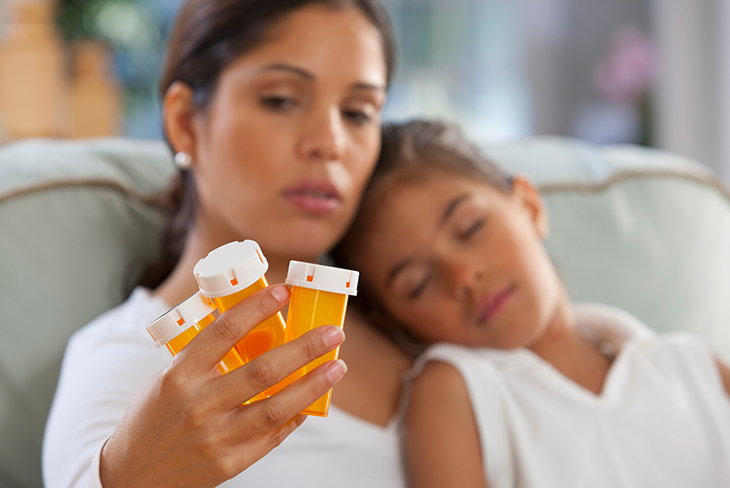When antibiotics aren’t the answer

When it comes to treating infections, we all want what’s best for our children – but that doesn’t always mean antibiotics. A Life Healthcare clinical pharmacist shares when antibiotics are essential and when to avoid them.
The first thing to understand is the difference between a viral infection and a bacterial one. ‘Many common infections seen in children – such as colds, flu and bronchiolitis – are caused by viruses,’ explains Michelle Gijzelaar, a clinical pharmacist at Life Healthcare’s Johannesburg head office. ‘Antibiotics treat bacterial infections and are ineffective in treating viral infections.’ In fact, using antibiotics unnecessarily contributes to antibiotic resistance – one of the biggest threats to public health today, according to the World Health Organization (WHO).
Antibiotic resistance 101
Antibiotics have been overprescribed and overused for decades. This means that bacteria have been exposed to numerous antibiotics and, as a result, they’ve become resistant to them. ‘The more we learn about bacteria, the more we realise how advanced they actually are,’ says Michelle. ‘They develop mechanisms of resistance to protect themselves against the effects of antibiotics and can even “communicate” through a process called quorum sensing. This lets them pass resistance between different types of bacteria.’
When resistant bacteria cause infection, there are limited antibiotic options available. And in the case of superbugs, there aren’t any. ‘The discovery of antibiotics remains one of the biggest scientific miracles,’ says Michelle, ‘but it’s essential that we preserve this miracle for future generations by using antibiotics only when truly necessary.’
Warning signs that it might be time for antibiotics
If your child has a bad cold or flu, there are over-the-counter products that can help relieve the symptoms. But an initial viral infection (such as a cold) may lead to a secondary bacterial infection (such as a chest infection), in which case it might be time for antibiotics. If you feel unsure, contact your doctor or pharmacist.
When to seek medical attention
- If your child has a fever or is lethargic and is younger than three months
- If symptoms are severe or unusual and you are concerned
- If symptoms last more than 10 days without improvement
- If fever persists for more than two days despite using over-the-counter medicines
- If your child has a number of these symptoms: a fever, no appetite, shortness of breath, vomiting, crying inconsolably, difficulty waking, a stiff neck, a rash or bruised-looking purple spots.
When used correctly, antibiotics are incredibly effective. That is why it’s so important to understand how to take them – and give them to children – the right way.
Know your antibiotics
- Colds and flu are viral infections that your immune system will fight. No antibiotics should be given for colds and flu.
- Antibiotics can take up to two to three days to start working.
- It’s essential to give the antibiotics to your child exactly as prescribed by your doctor
and directed by your pharmacist. Never give leftover antibiotics to your child. - While antibiotics are killing the harmful bacteria causing the infection, they also kill beneficial gut bacteria. Probiotics may be beneficial to replenish the good bacteria and reduce the chance of nasty side effects.
- Common side effects of antibiotics include rash, diarrhoea and thrush. Call your healthcare provider if your child has severe side effects, such as breathing difficulty, hives, severe diarrhoea or a severe vaginal or oral yeast infection.
The information is shared on condition that readers will make their own determination, including seeking advice from a healthcare professional. E&OE. Life Healthcare Group Ltd does not accept any responsibility for any loss or damage suffered by the reader as a result of the information provided.

